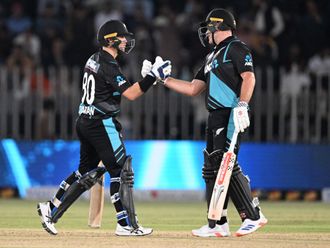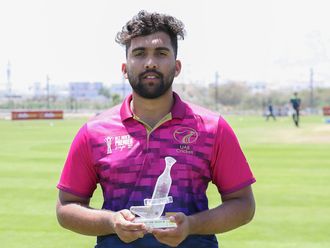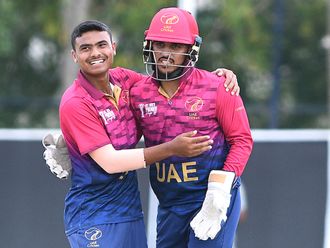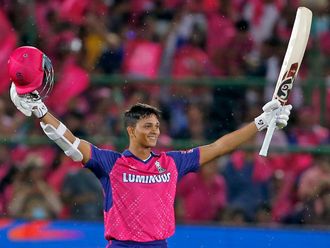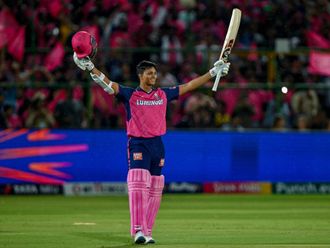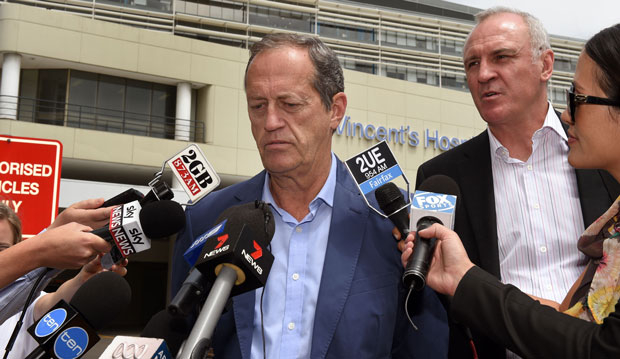
Sydney: Phillip Hughes, the Australian batsman who needed emergency surgery after being knocked out by a cricket ball, remained in a critical condition on Wednesday.
Australian team doctor Peter Brukner issued a statement saying Hughes had further scans at St Vincent’s Hospital during the morning and that his condition was unchanged from overnight.
The 25-year-old Hughes was batting for South Australia in a Sheffield Shield match against New South Wales at the Sydney Cricket Ground on Tuesday when he was felled by a sharply rising delivery that struck him behind the left ear.
He was treated on the field by medical experts, including doctors who were flown by helicopter onto the ground, before being taken to St Vincent’s by ambulance.
“Phillip is receiving the best possible medical care,” Brukner said. Results of the operation are unlikely to be known for a day or two.
The SCG match was cancelled almost immediately and other Shield matches in Brisbane and Melbourne were called off on Wednesday after consultation between Cricket Australia and the Australian Cricketers’ Association.
Hughes was considered a strong contender to force his way back into Australia’s test team next week if injured skipper Michael Clarke was forced out of the series-opening match against India. Hughes was batting confidently on 63 when he mistimed an attempted pull shot and was hit in the head by a regulation bouncer from fast bowler Sean Abbott.
The injury sparked debate about short-pitch bowling in the game, and the level of protection offered by contemporary helmets.
Cricketers didn’t start wearing protective helmets until the late 1970s, when batsmen decided it was time to protect themselves against a 156-gram hard leather ball travelling at up to 160km/h.
Australian cricket great Shane Warne told an Australian radio station on Wednesday that the accident did not appear to be the result of a poorly designed helmet.
“It’s a tough situation for everyone,” Warne said. “It’s one of those terrible freak accidents. You just think about how many lives the helmet has saved over the years. This is just one of those things.”
Adding some optimism to Hughes’ recovery hopes was Phil Simmons, a former West Indies batsman who recovered fully from a similar head injury and returned to test cricket.
Simmons was hit by a fast delivery by David Lawrence in a tour match for the West Indies against Gloucestershire in Bristol, England in 1988. His heart stopped after the accident, but he made a full recovery after extensive brain surgery.
Simmons, who was also 25 at the time, was not wearing a helmet.
“I think there’s an omen somewhere that he will pull through and I hope so,” Simmons told the BBC. “My injury was as serious as you can get. I had to have emergency surgery to have a clot removed from my brain. I was written off as never to play again and put in a long-term unit for head injuries, but I was out in eight days.”



